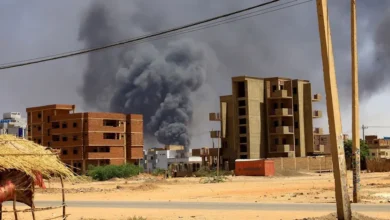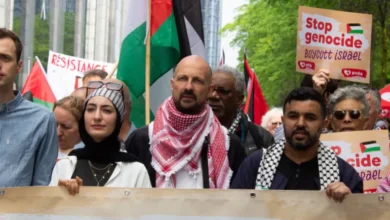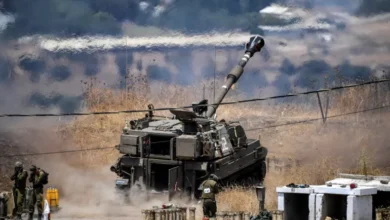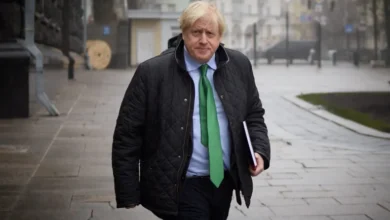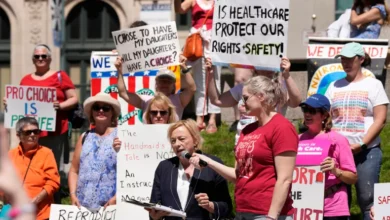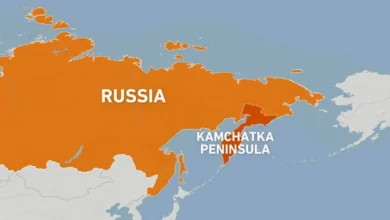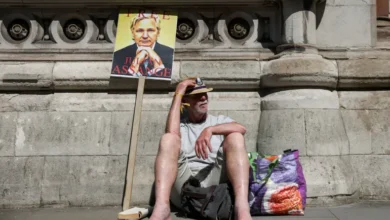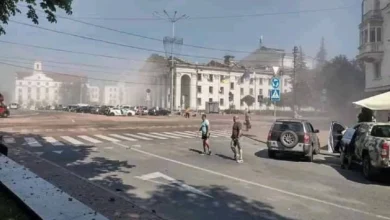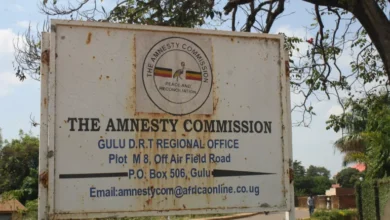What’s behind Pakistan’s deadly Balochistan attacks, which left 74 dead?
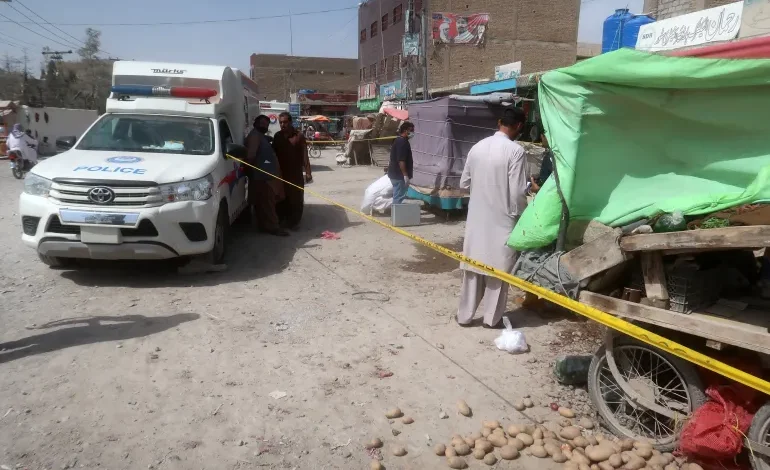
Nearly two dozen civilians travelling from Pakistan’s Punjab province were pulled from their vehicles and shot dead by armed gunmen, as a series of at least six deadly attacks battered the country’s southwestern province of Balochistan on Sunday night and Monday morning.
At least 74 people were killed in the attacks that marked an escalation in violence even for Balochistan, a region where a decades-long armed separatist movement has meant frequent clashes between fighters and security forces.
The separatist group Baloch Liberation Army (BLA), which claimed responsibility for the latest attacks, said in a statement that it targeted security forces and took control of highways across the province.
The deadliest of the attacks occurred in the Rarasham area of Musakhel district, located near the border between Balochistan and Punjab. According to police, at least 23 people were dragged out of their vehicles, and after their identities as Punjabi migrant workers were established, were executed.
In Kalat district, 140km (87 miles) south of the provincial capital Quetta, armed fighters targeted law enforcement personnel, killing at least 10. In Bolan district, southeast of Quetta, six people were killed overnight, including four from Punjab. The Pakistani military, in its statement, said that another five security personnel — 14 in all — were killed across the attacks.
Security forces, the military said, responded and killed “21 terrorists”.
This year has already seen several earlier attacks in Balochistan, targeting civilians, law enforcement personnel and state infrastructure. Still, the latest attacks represent a shift in their scale, audacity and nature, said analysts.
“There was a major attack on security forces in May last year, but today’s events are significant. Highways were blocked, railway tracks damaged, all near Punjab,” Muhammad Amir Rana, a security analyst and director of the Pak Institute of Peace Studies (PIPS), told Al Jazeera. “The expansion of their operation is unique, as they are demonstrating their ability to extend the conflict to, or near, Punjab.”
The targeted attacks on workers from Punjab — Pakistan’s biggest, most prosperous and most politically dominant province — also add to a growing pattern, said experts. As with multiple previous attacks on Chinese nationals and projects in the province, the separatist movement wants to send the message that outsiders are not safe in Balochistan, they said.
“Besides the Chinese, Baloch nationalists also target specific groups such as security forces, Punjabi laborers, and workers involved in development projects. Their aim is to discourage these groups from coming to Balochistan to work on these initiatives,” Malik Siraj Akbar, a Balochistan expert based in Washington, DC, said.
A message in the timing
The attacks coincided with the 18th death anniversary of Nawab Akbar Bugti, a former nationalist leader.
Bugti, a former governor and chief minister of Balochistan, joined the separatist movement in 2005 and was killed in a military operation in August 2006 near his hometown of Dera Bugti.
Bugti’s anniversary is consistently marked by violence, but the recent attacks across Balochistan send a clear message: “the armed groups’ influence spans the entire province, challenging the government’s authority”, Akbar told Al Jazeera.
Balochistan, Pakistan’s largest province, is home to about 15 million of the country’s 240 million citizens, according to the 2023 census.
Despite its wealth of natural resources — including vast reserves of oil, coal, gold, copper, and gas — the province remains the nation’s most impoverished region.
Its resources contribute substantial revenue to the federal government, while the province itself languishes in economic hardship.
Balochistan also hosts Gwadar, a deep-sea port, the centrepiece of the $60bn China-Pakistan Economic Corridor (CPEC) project, which aims to establish a crucial trade link between southwestern China and the Arabian Sea.
However, many in the province accuse the Pakistani state of systematically neglecting their needs and exploiting their resources, fuelling a sense of betrayal and deepening support for separatism.
“The nationalists are strongly opposed to the exploration of gold, minerals, and coal, seeing these activities as the exploitation of Balochistan’s resources,” Akbar said. “They often highlight images of coal trucks leaving the province as evidence of resources being extracted without benefiting the local population. This narrative helps to boost public support for their cause.”
For nearly two decades, Baloch armed groups have waged a protracted struggle against Pakistani security forces.
In response, the government has launched a crackdown, resulting in the deaths and disappearances of thousands of ethnic Baloch.
One group that alleges state involvement in enforced disappearances is the Baloch Yakjehti Committee (BYC), led by 31-year-old Mahrang Baloch. The BYC held a days-long protest in Islamabad in January this year, and earlier this month held a sit-in in Gwadar city, nearly 1,000km (621 miles) south of Quetta, which lasted for more than 10 days.
The government and military establishment, however, accuse the BYC of being funded by “enemies of Pakistan” and label it as a proxy for separatist groups.
Akbar argued that the government’s approach was a mistake.
“Engaging with the BYC could be a valuable opportunity to involve the Baloch in negotiations and marginalise militant groups. However, by refusing to talk to peaceful protesters, the government only strengthens the resolve of Baloch armed groups, providing them with further justification to continue their activities,” Akbar said.
Rana, the security analyst, also noted the tension in the province following the BYC’s recent protest. “In a volatile environment like Balochistan, such attacks only exacerbate the situation. The insurgency has now entered a critical phase,” he said.
A blood-soaked terrain
Since the Afghan Taliban returned to power in August 2021, Pakistan has seen an increasing number of violent attacks, particularly in Khyber Pakhtunkhwa and Balochistan, both of which border Afghanistan.
In 2023 alone, there were more than 650 attacks, according to the Pakistan Institute for Conflict and Security Studies (PICSS), with 23 percent occurring in Balochistan, resulting in 286 deaths.
This continuous violence, according to Quetta-based analyst Muhammad Arif, is compounded by the province’s unique geography.
Akbar added that the government’s seeming failure to protect its interests and public safety could lead to even more resentment from local communities.
“As these attacks escalate and the government struggles to contain them, fear will drive more of the local population to support the armed groups, further complicating the government’s efforts to control the situation,” he said.
However, Arif, a former academic at the University of Balochistan, said the government needed to avoid a heavy-handed response.
“In my opinion, Balochistan is set on fire,” he said. “The leadership must adopt sane and pragmatic policies before it’s too late. This bloodshed will devour the people here. They must realise that, in the end, war serves nobody.”
